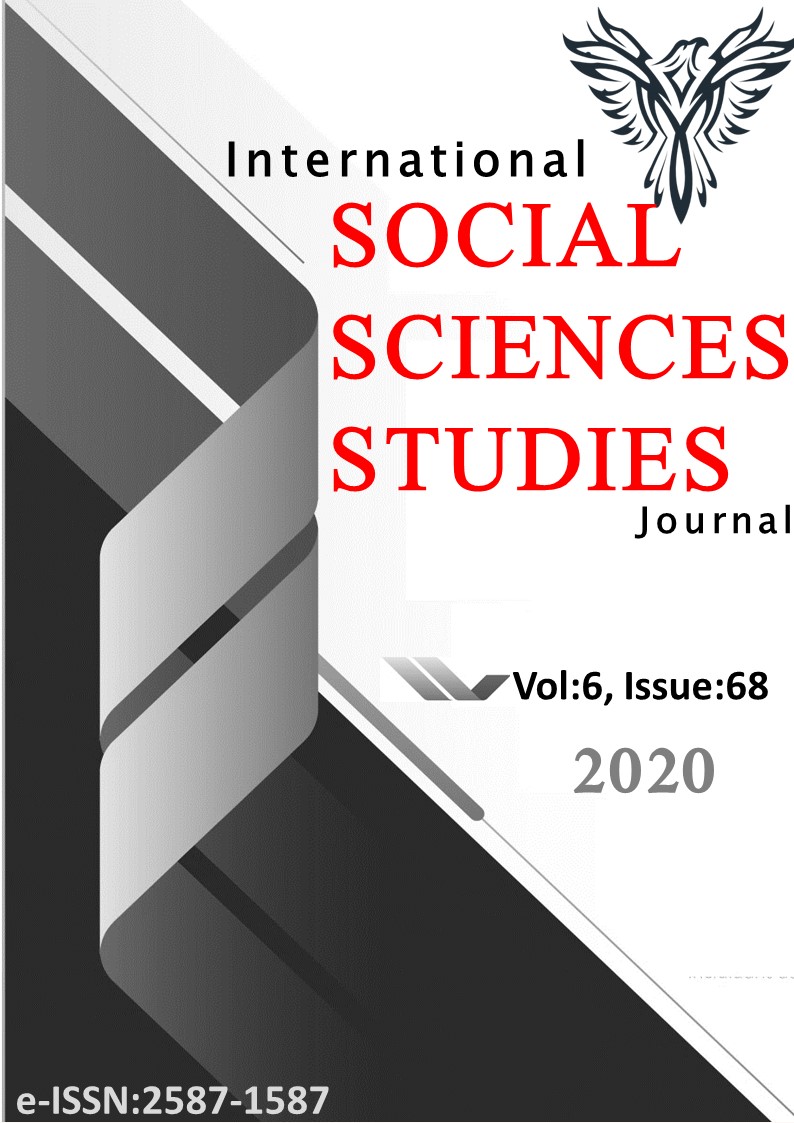Author :
Abstract
Felsefe alanında olduğu kadar görsel sanatlar alanında da çağımızdaki temel sorunun, gerçeğin üretimi, eserin yeniden üretimi, imgelerin seri üretimiyle sanatta önemli olan betimlemenin yerini simülasyon’un almış olmasıdır. Simülasyon kavramı ile çağdaş sanat düşüncesinde tartışmalara yol açan yeni gerçeklik sorunsalı bu çalışmanın temelini oluşturmaktadır. Gerçeklik ve hakikatle ilişkinin tümüyle koptuğu uzam “aslı yerine göstergeleri konulmuş bir gerçek”lik simülayon çağı olarak tanımlanmaktadır. Bu çağın göstergeleri, sanat alanında düşünsel alt yapısını Fütürizm, Pop Art ve sonrasında Dada sanat hareketinden almaktadır. İmgelerin seri üretimi, estetiğin feda edilmesi ve düşünceyi önemseyen sanatsal tavır, Marcel Duchamp ve Andy Warhol’un çalışmaları üzerinden incelenmiştir. Geçmiş sanat formlarının sürekli yeniden diriltilmesi, yeniden üretilebilirlik ve temmellük kavramı, Russell Connor’ın eseri üzerinden incelenmiştir. Kopyanın kopyalanması, kopya imge, taklit, yeniden üretilebilirlik bağlamında imgeyi üreten -yeniden üretim araçlarıyla- eserin aura kaybı bu çalışmanın ana eksenlerinden birini oluşturmaktadır. Mekanik röprodüksiyonun bir ifade aracı olmadığı aksine kitlelere yönelik sergileme biçimi olduğu düşüncesi, mekanik röprodüksiyonun gösteri dünyasında sanatsal bir eğlenceye dönüştüğü fikri çağa hakim durumdadır. Kitle iletişim araçları aracılığı ile oluşturulan kitle kültürü ve görsel dünya, insanlığın ‘görünen’ ile ilişkisindeki yoğunluk, göz ve imaj ağırlıklı bir evrenin oluşumu Guy Debord’ın “Gösteri Toplumu” kavramı bağlamında ele alınmıştır.
Keywords
Abstract
The main problems in the field of visual arts as well as in the field of philosophy are the production of the reality, the reproduction of the work, the mass production of images, and the fact that simulation has replaced with the description that is important in art. The concept of simulation and the new reality problem that causes controversy in contemporary art are the basis of this work. Space “a fact with indicators instead of the original” is defined as the age of simulation when the relationship between reality and truth is completely broken. The indicators of this era derive their intellectual background in the field of art from Futurism, Pop Art and, the later Dada art movement. Mass production of images, sacrificing of aesthetics, and artistic attitude that cares about thought have been examined through the works of Marcel Duchamp and Andy Warhol. The continual resurrection of past art forms, reproducibility, and appropriation concept has been studied through the work of Russell Connor. One of the main axes of this work is the loss of aura of the work that produces the image - with reproduction tools- in the context of copy copying, copy Image, imitation, and reproducibility. The idea that mechanical reproduction is not a means of expression, but rather a form of display for the masses, and the idea that mechanical reproduction has turned into an artistic entertainment in the show world dominates the era. Mass culture and the visual world created by using mass media, the formation of a universe based on density, eye and image in humanity's relationship with the ‘visible’ is discussed in the context of Guy Debord's concept of “Show Society”.





